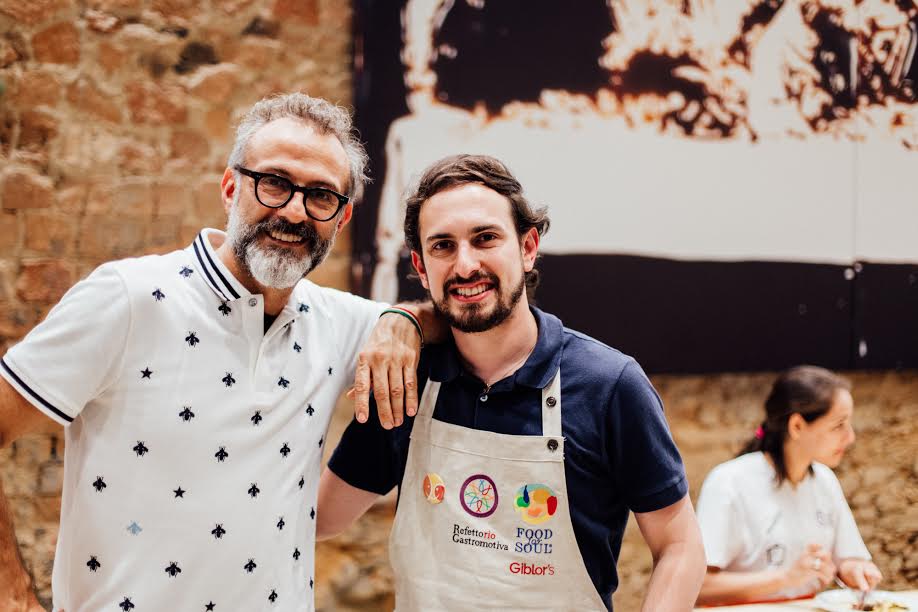Lecture notes
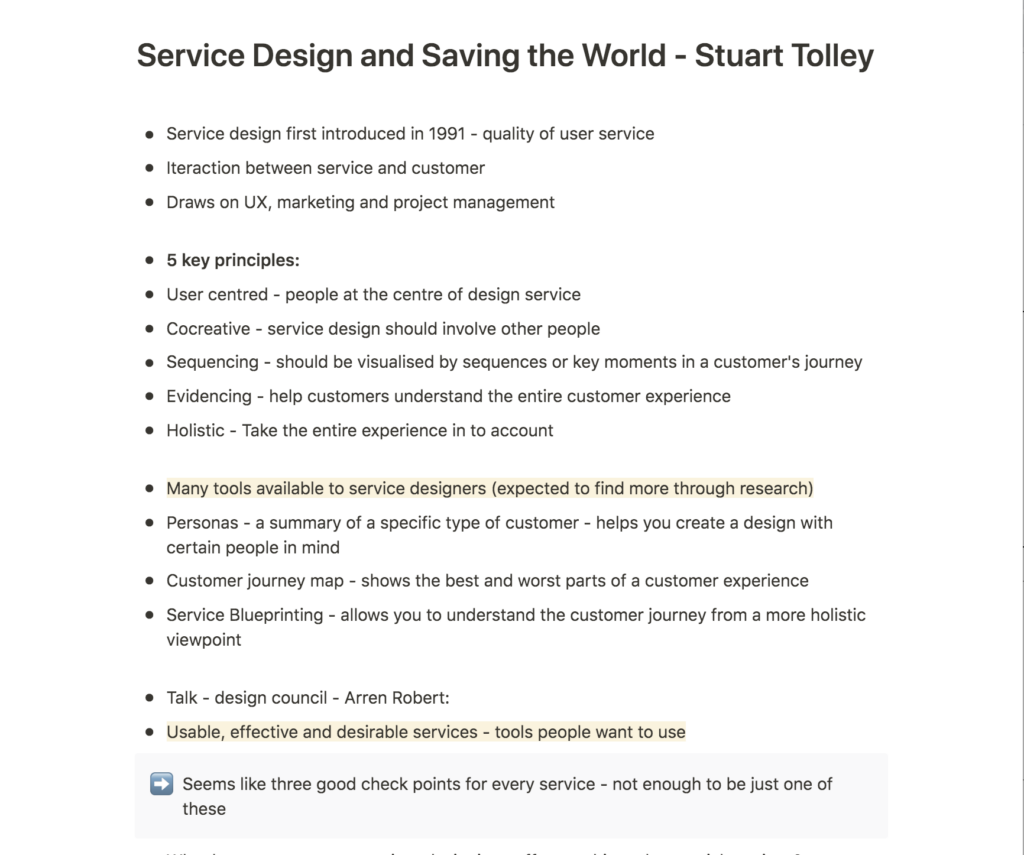

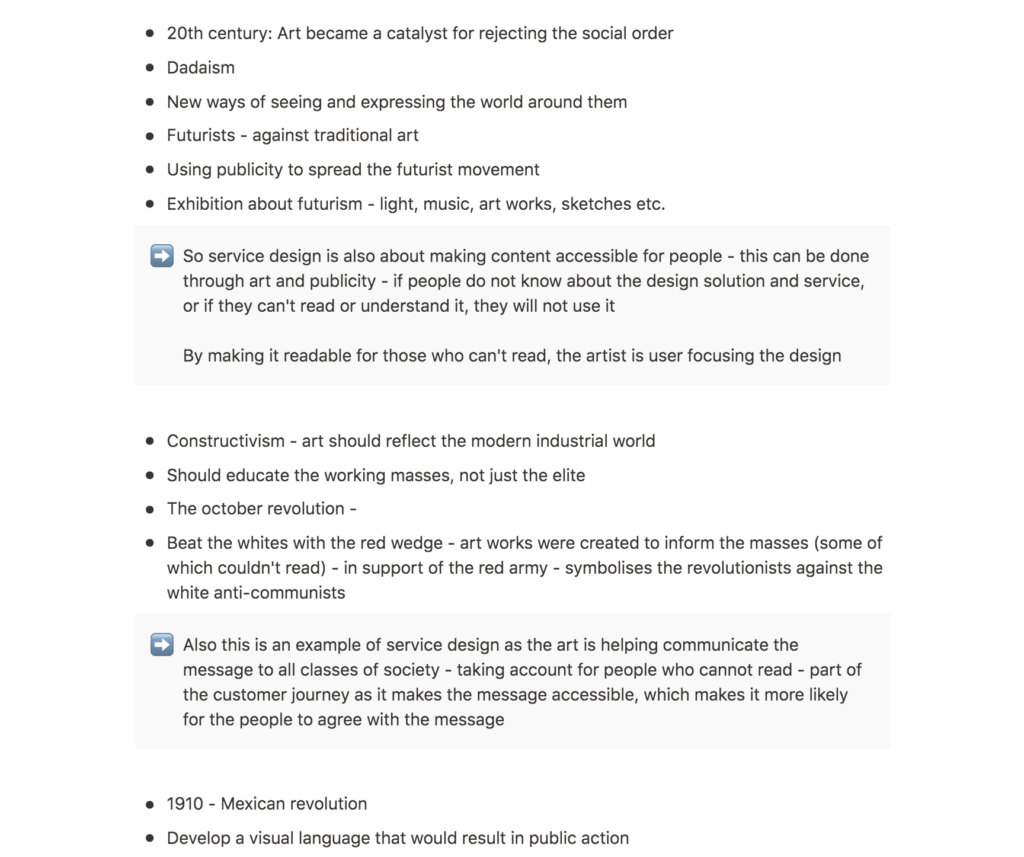
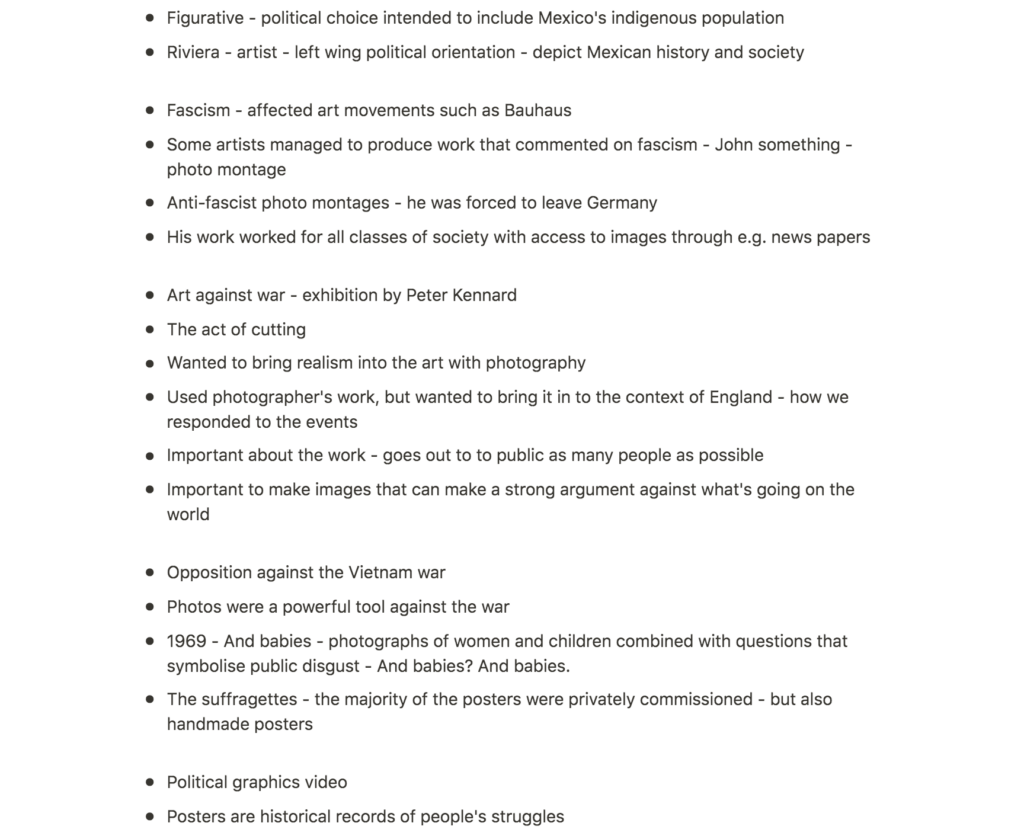
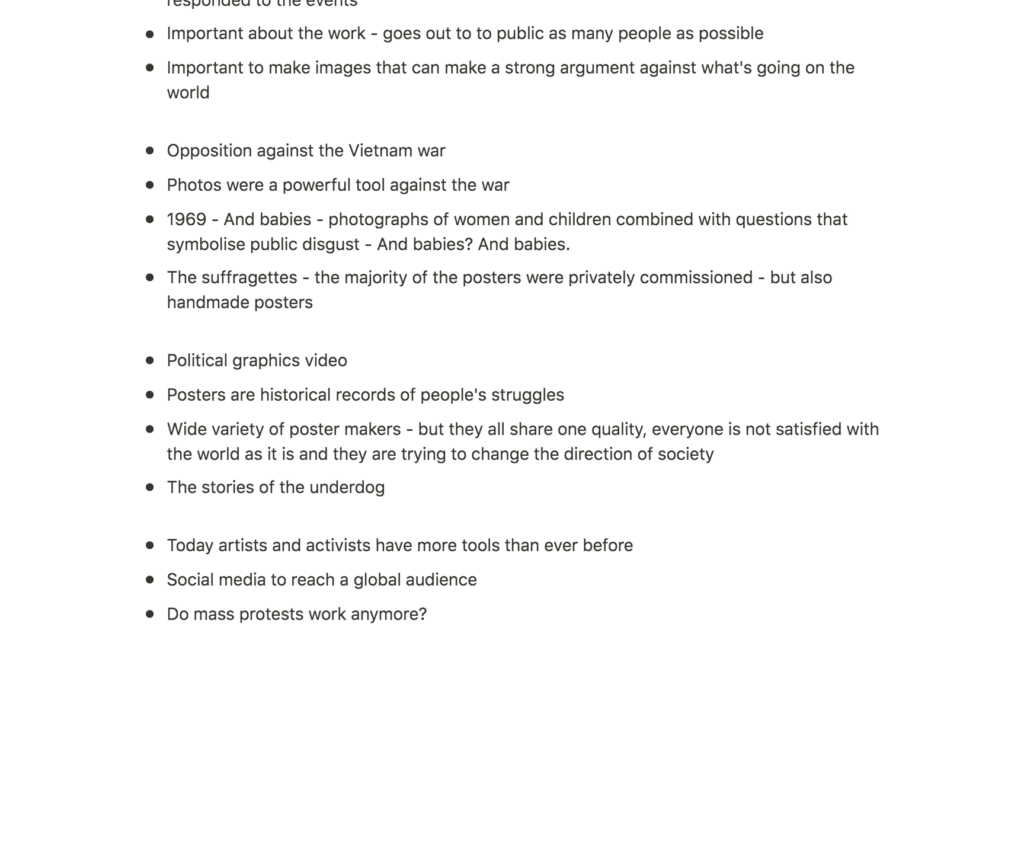
Lecture reflections
One question that stuck with me from Arren Robert’s talk, showed in this week’s lecture, was Why do we put more energy into designing coffee machines than social services (Stuart Tolley, 2021). Social services can play an enormously important part on people’s life, and I think it would be very interesting to analyse the social service design in a society, and ways of improving it.
Is art service design?
I enjoyed Tolley’s investigations into artists who have delivered political messages through their work (Stuart Tolley, 2021). However, the explorations got me questioning wether or not the art works could be looked at as service design. Is a comment on a problem really a solution and thus a service? If that comment could lead to change, I guess the answer would be yes. Yet, one could also say that a comment is not a concrete solution in itself.
Tolley states that one of the key principles in service design is being user centred (Stuart Tolley, 2021). Some of his art examples were targeted towards part of populations that could not read (Stuart Tolley, 2021). If one was to look at convincing the public about a certain political message as a customer journey, making the public understand the political message would be a vital design decision. By using images to communicate a message to those who cannot read, the artist makes his art user friendly. So perhaps the art of Riviera for example, could be seen as a piece of service design after all? As we continue, I would be interested in investigating the importance of visual communication in service design.
Resource notes
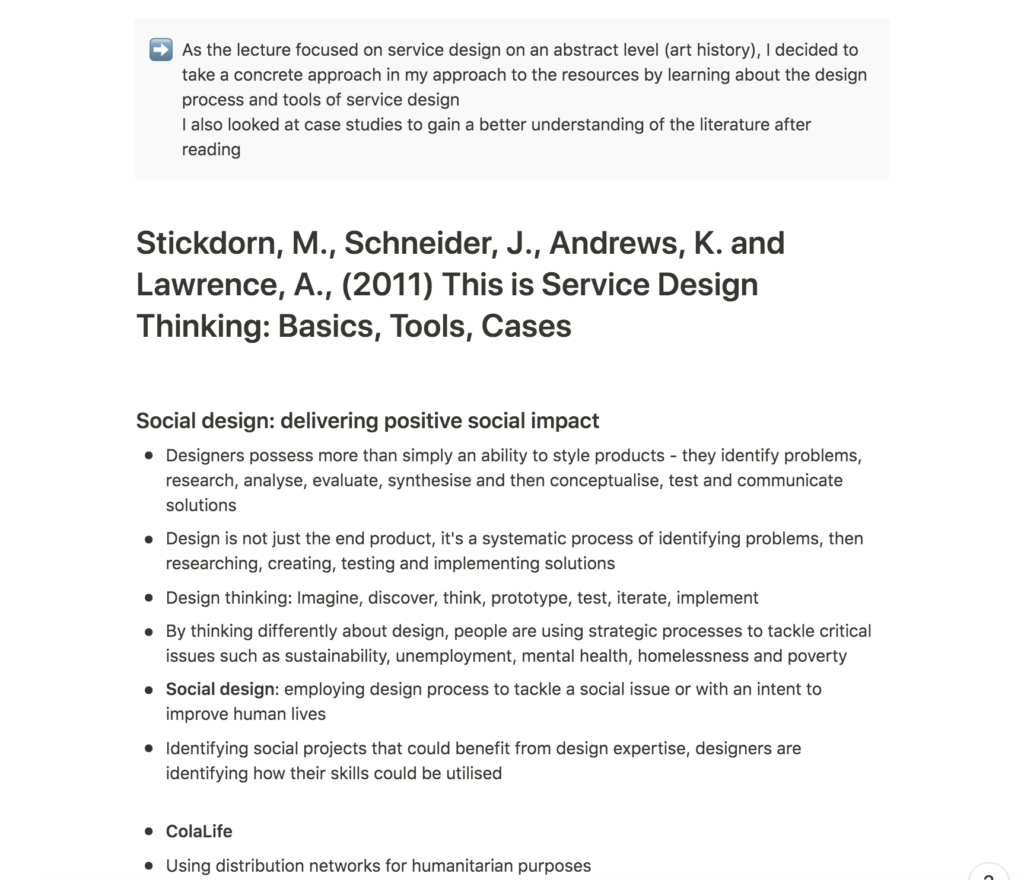
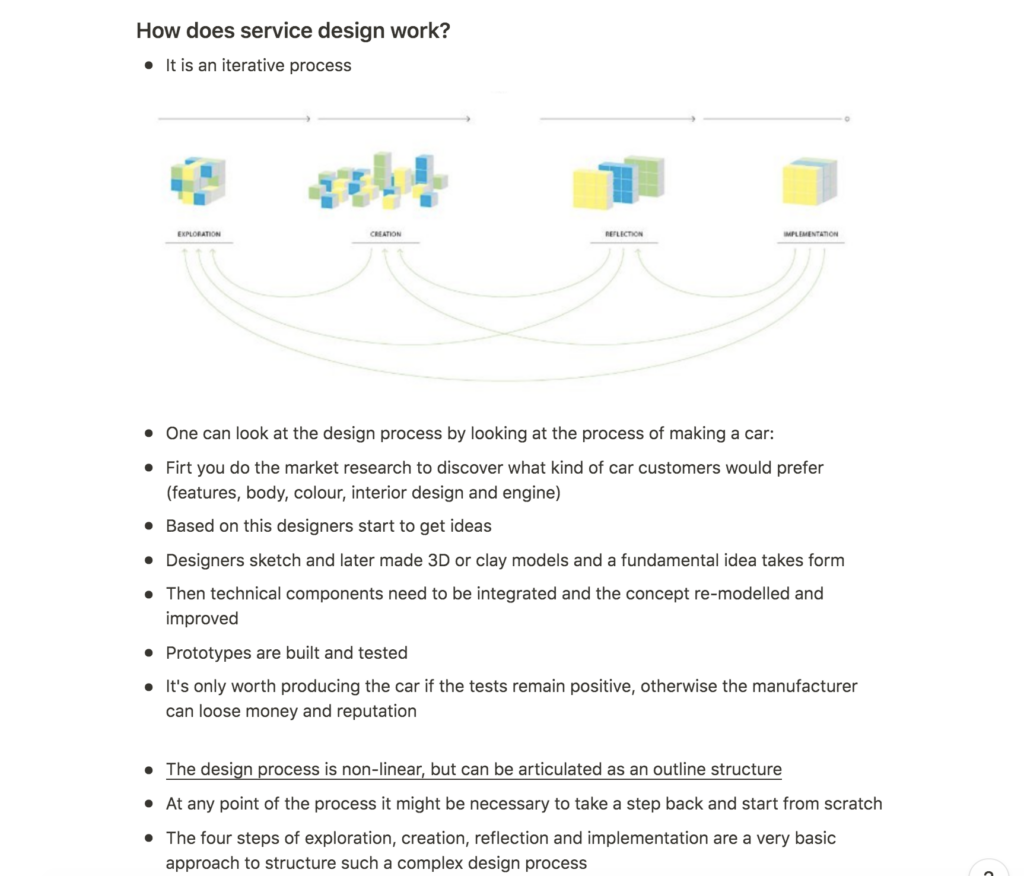
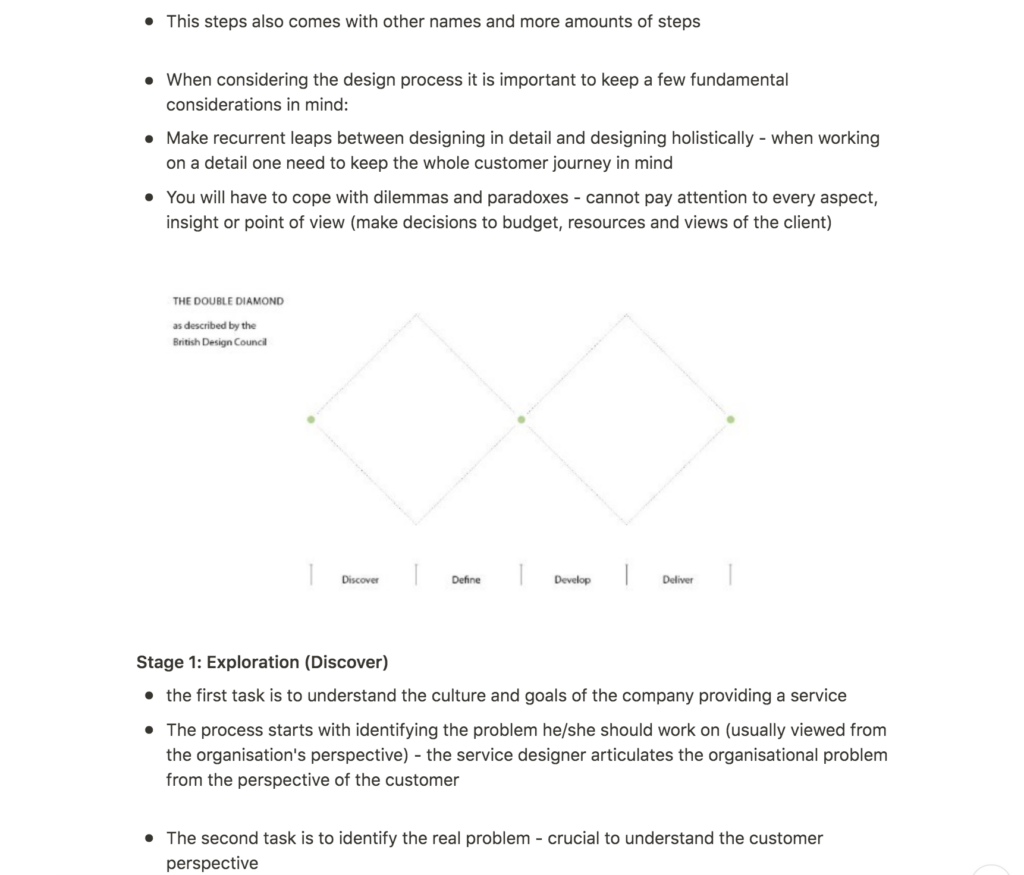
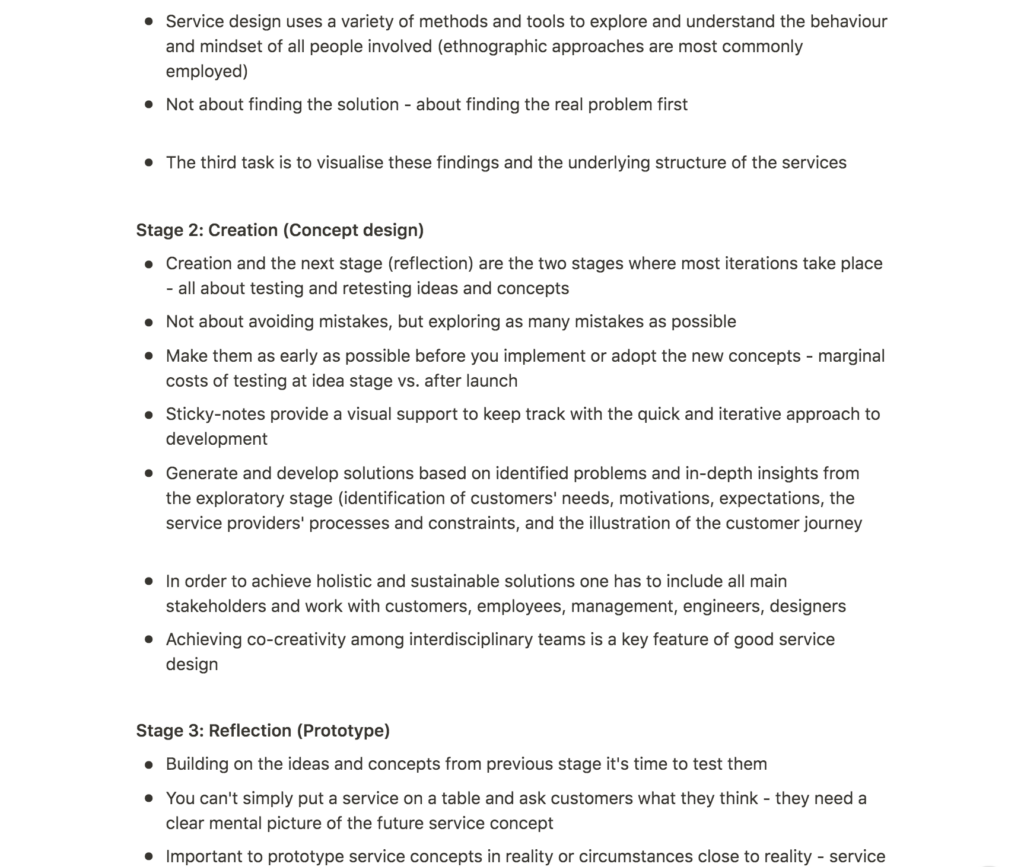
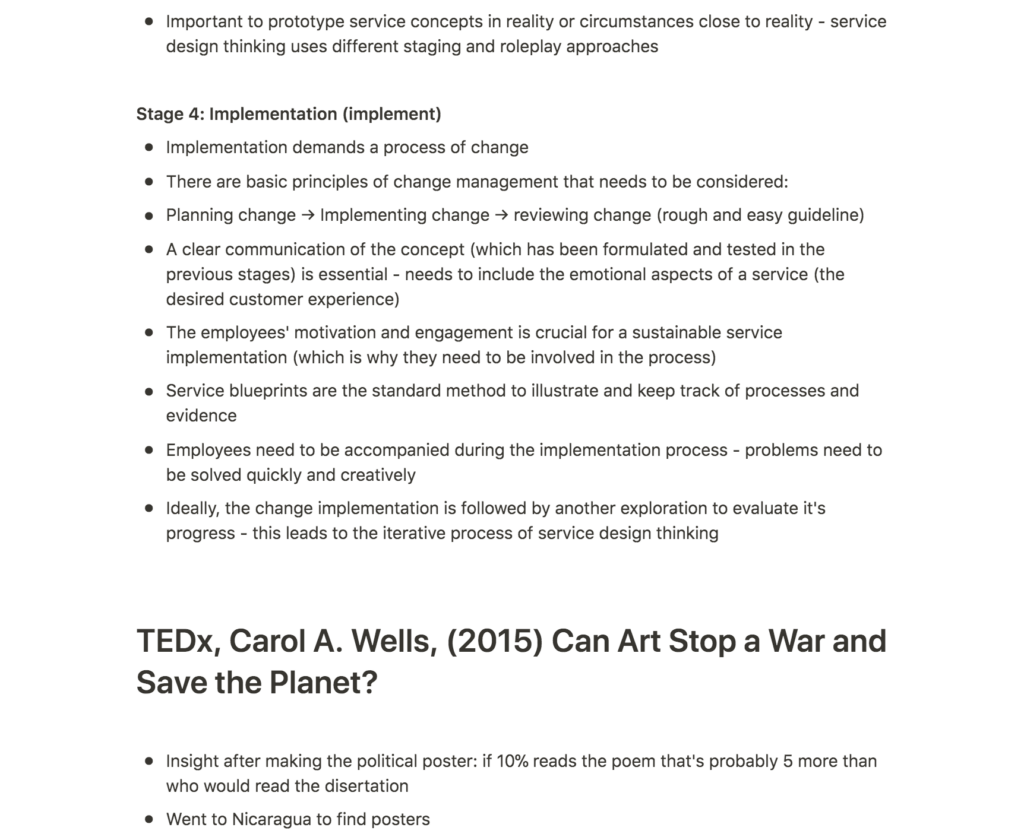
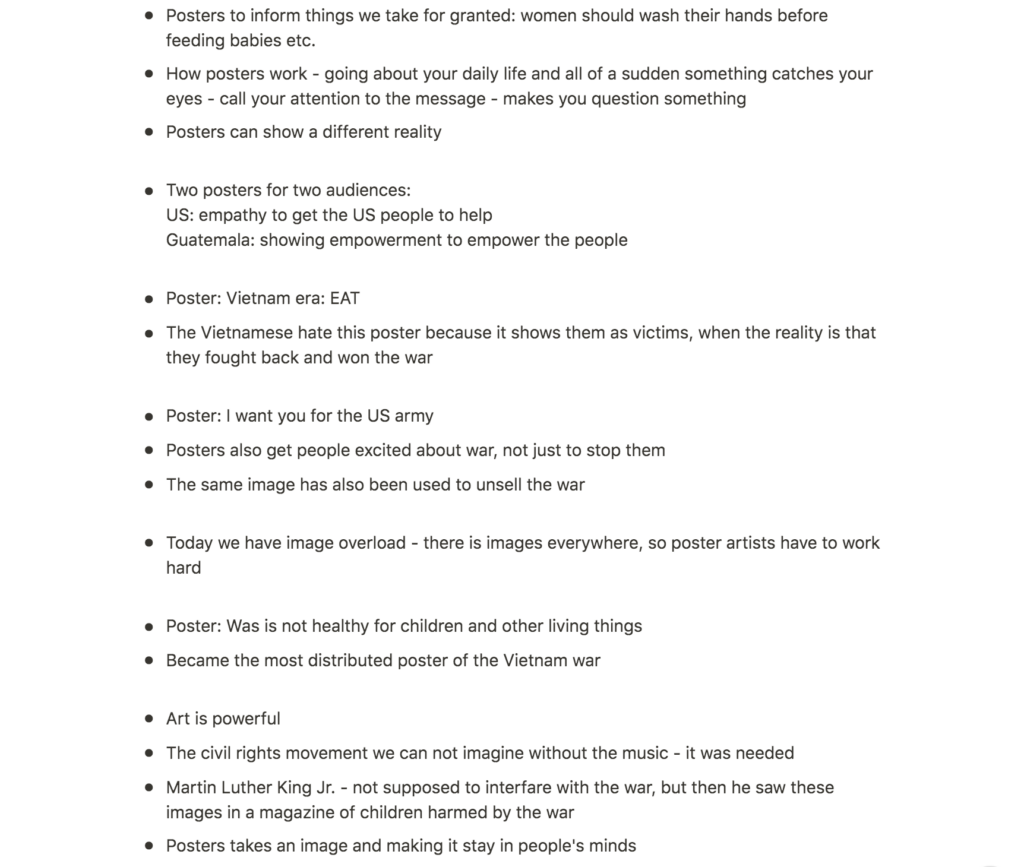
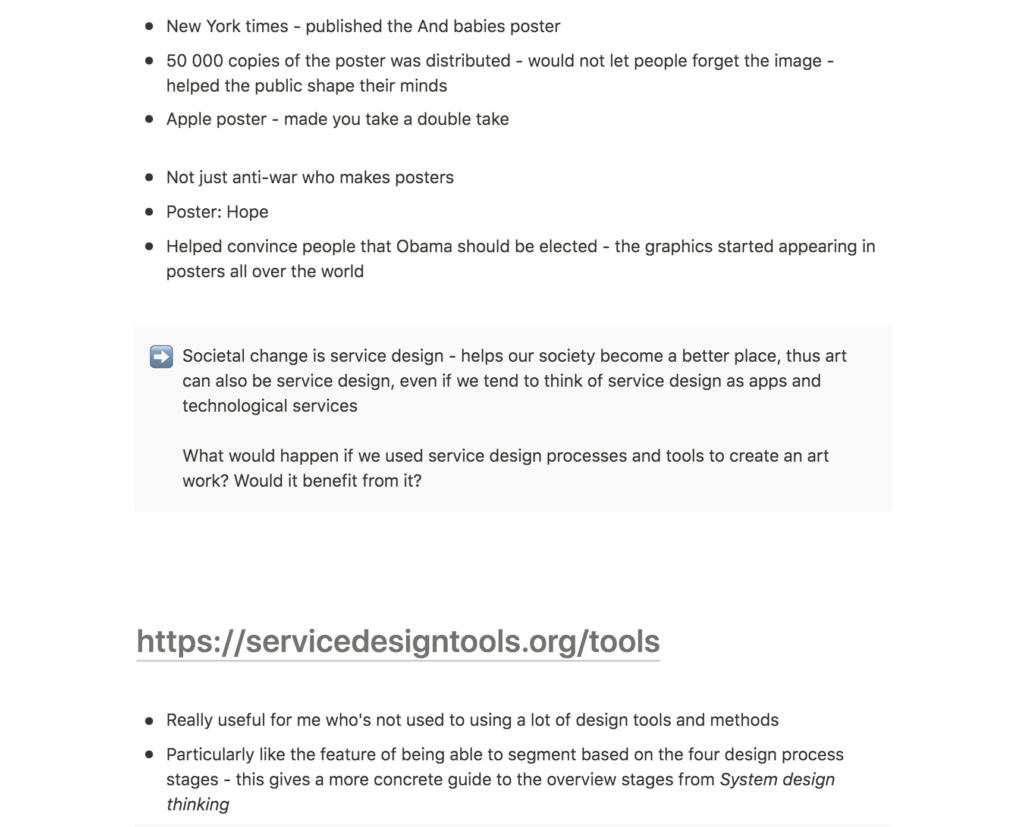
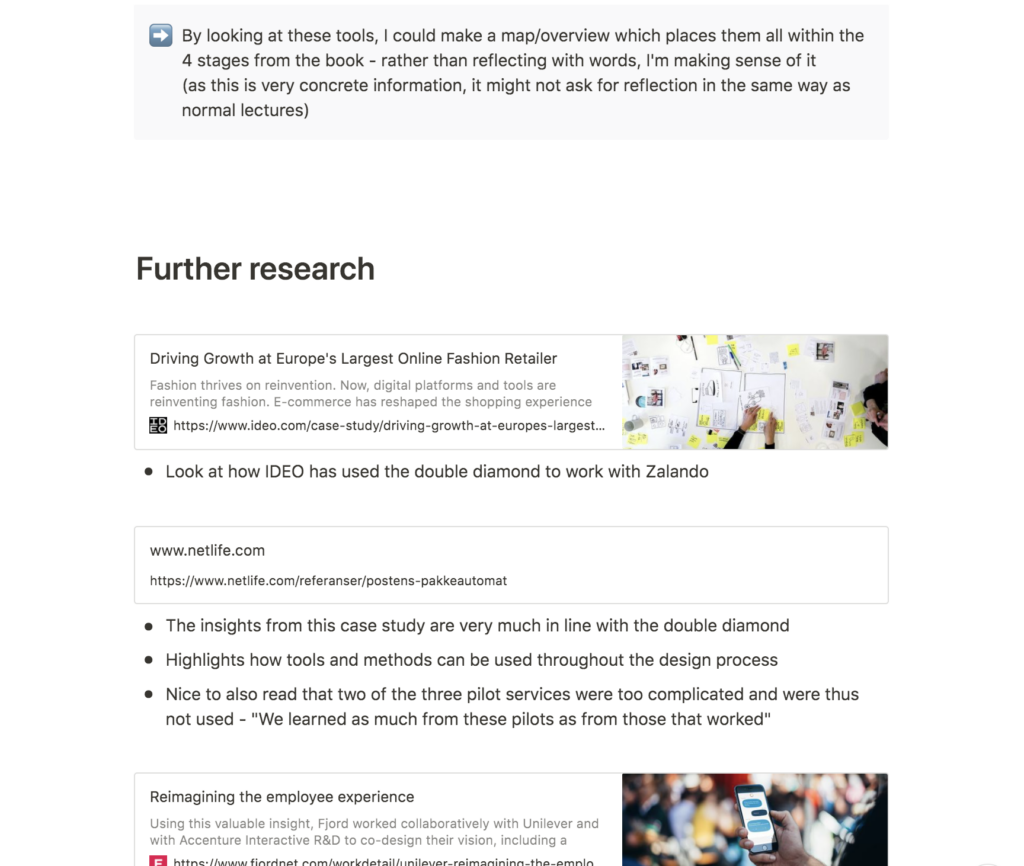
Resource reflections
This is Service Design Thinking: Basics, Tools, Cases
As the lecture revolved around art movements and service design on a more abstract level, I decided to approach the provided resources by attempting to gain a deeper understanding of the theory behind service design, with a particular focus on the service design process.
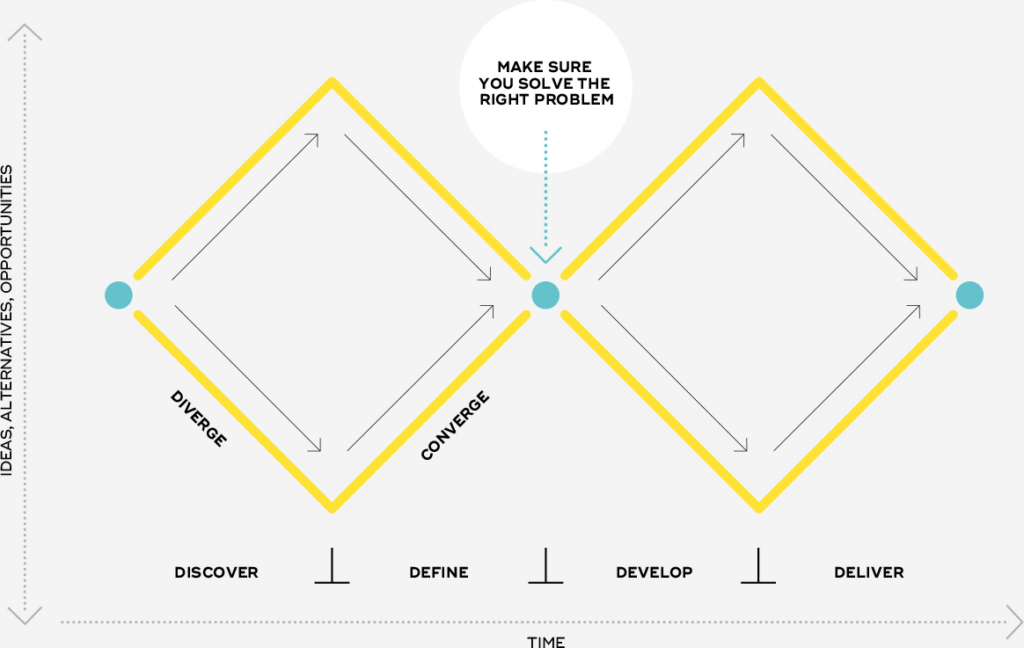
In the chapter How does Service Design Work? Stickdorn and Schneider goes through the four staged design process of service design, in line with the double diamond which we have looked at previously in this course. As I gained an understanding about the process, I also used servicedesigntools.org to specify each stage by trying to understand the different tools and method’s one can use for each stage.
As we go on to work with service design, I think it will be important to keep Stickdorn and Schneider’s point of iteration in mind. They state that even though the design process can be described in a linear form, it demands that the designer keeps moving back and forth between the stages, in order to come up with the best solution (Marc Stickdorn and Jakob Schneider, 2011). I particularly liked how they said that in testing, the main goal is to discover as many faults as possible, in order to avoid them in the finalised product (Marc Stickdorn and Jakob Schneider, 2011). This was an interesting approach to experimentation, which I have not thought about before, but will keep in mind for the weeks to come.
Can Art Stop a War and Save the Planet?
Wells’ talk on war posters was inspiring in terms of political imagery, but also in terms of how posters work. As mentioned by Wells, posters has the ability to catch people’s minds as they go about their daily lives, and through it’s communication, it can make you reflect upon something or change your mind about a subject by showing a different reality (Carol A. Wells, 2015). In many ways, showing a different reality could be a catalyst for change, and so I think it could be an important approach in social design, and perhaps social service design which function is to improve human lives (Marc Stickdorn and Jakob Schneider, 2011).
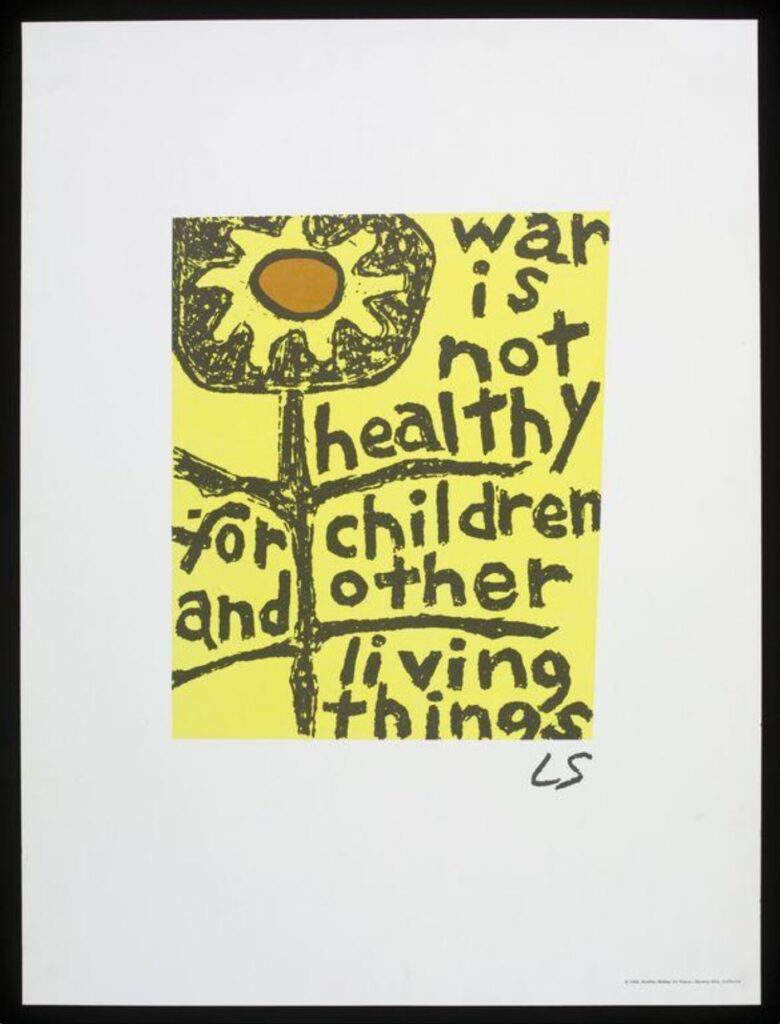
I particularly liked the poster above because of how Wells analysed it. It does not portray graphic illustrations of war. Instead it appeals to the empathic side of us, by mentioning children and life. By doing so, the poster could be widely distributed and showed to all parts of society (Carol A. Wells, 2015). There is something beautiful about approaching a gruesome reality with kindness and naivety as this poster does, almost as if it won’t give in to the cruelty of war.
Further research
In order to get a practical understanding of the service design process, I looked into a couple of service design case studies from design studios IDEO, Netlife and Fjord.
IDEO: Driving Growth at Europe’s Largest Online Fashion Retailer
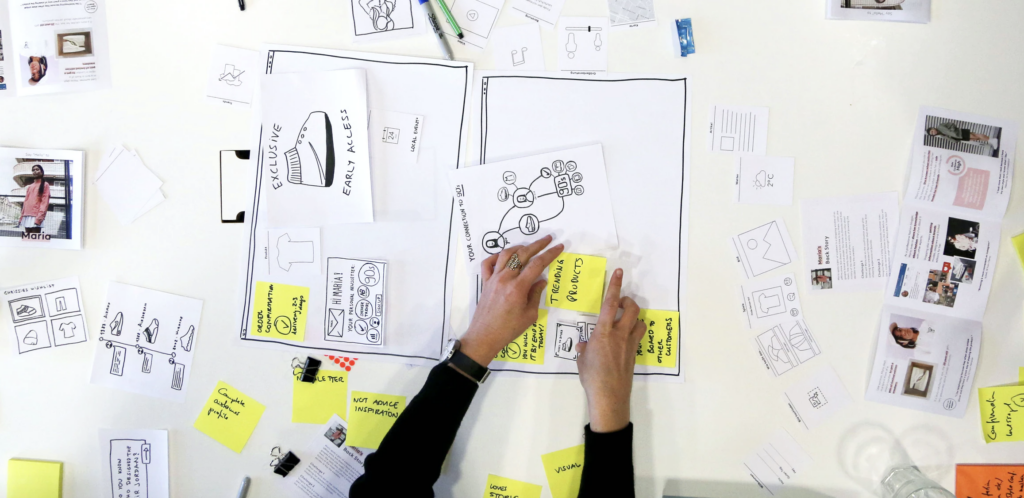
In their work for Zalando, founders of the term design thinking, IDEO, worked on building better customer experiences for the online fashion retailer (IDEO, 2017). IDEO used a variety or workshops and interviews in the Zalando organisation and concluded that Zalando exists to reimagine fashion, for the good of all (IDEO, 2017). After establishing a common purpose, which was implemented in the organisation through a festival, the design team of Zalando went on to build and test a variety of services (IDEO, 2017).
What I found particularly interesting in the light of the service design process, was that IDEO thought Zalando designers about the process of design thinking, which meant that the Zalando design team could ensure that all new ideas and concepts could be prototyped and implemented (IDEO, 2017). As Stickdorn and Schneider mentions in their book, these are vital steps to take before launching a product, as launching a low quality product will be both costly and bad PR (Marc Stickdorn and Jakob Schneider, 2011). By creating an internal service where the design team understands the design process, IDEO has thus helped Zalando make sustainable services for years to come.
Netlife: Posten

For their work with Posten (The Norwegian postal service) design studio Netlife, worked on new services (Netlife, 2020). Their process and methods are described on their website and show great resemblance to the design processes and tools provided in this week’s material. What I found particularly interesting about this case study was that the design studio comments on the fact that two out of three of their pilot projects became too advanced for people and too expensive to go along with (Netlife, 2020). Thus, they have managed to do as suggested by Stickdorn and Schneider: to make mistakes and test products before launching them (Marc Stickdorn and Jakob Schneider, 2011).
Fjord: Reimagining the employee experience
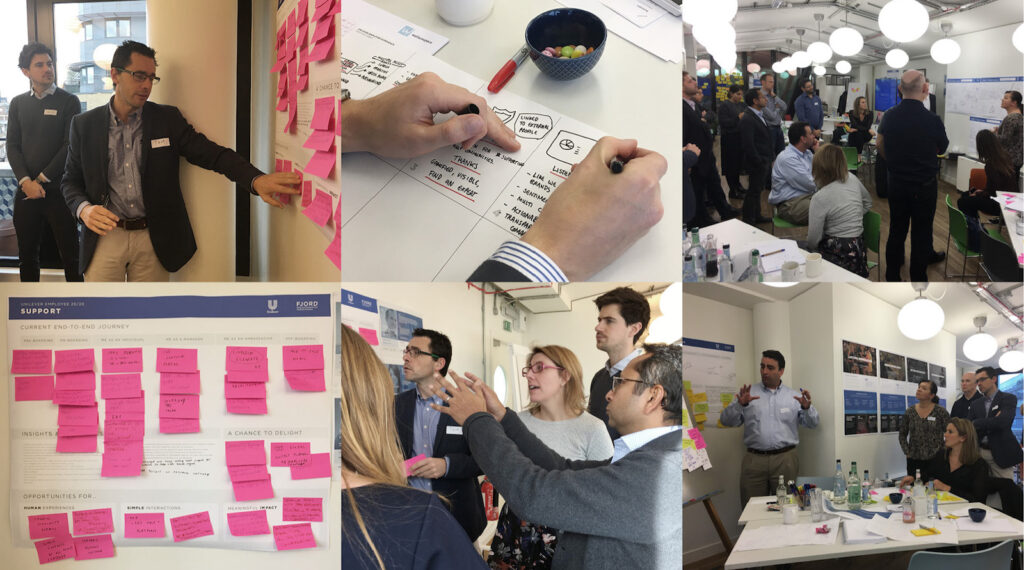
In their work for Unilever, Fjord worked on a new employee experience. They, like IDEO and Netlife, also seems to have followed design principles mentioned in This is Service Design Thinking: Basics, Tools, Cases, particularly in their research stage where they conducted a qualitative study of one-to-one interviews with employees of all levels, across different markets (Fjord, 2018). Fjord also worked with their client, as well as Accenture, on co-designing a solution (Fjord, 2018).
The Design Sprint
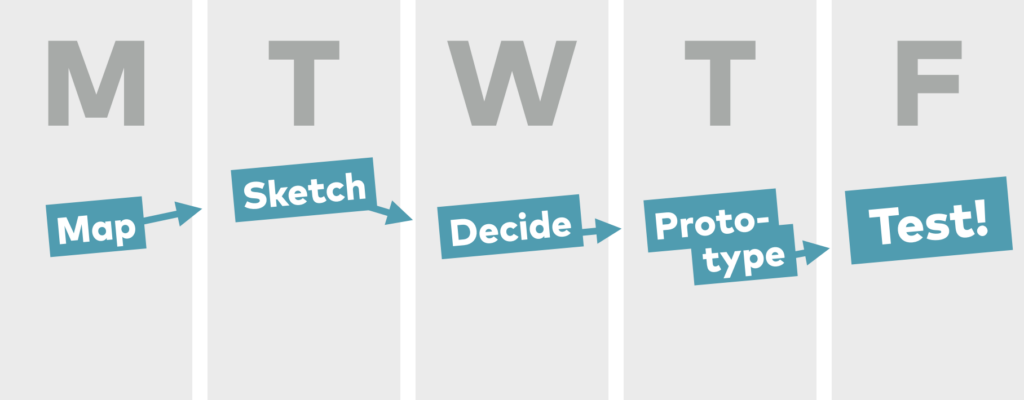
On the ideas wall this week, Paul posted an interesting design process called The Design Sprint where a team of designers develops and tests a prototype within one week. I have briefly heard about this process in the past, but never considered doing one myself. However, after looking into the concept I think this could be a really interesting process to try. After enrolling on this course I have realised that one can actually create a piece of design within a short time period and I’m very curious about what one might be able to create by using this method.
Workshop challenge
As advised in this week’s workshop challenge video, I started the challenge by looking into social campaigns and service design case studies. This gave me an insight into the variations of what service design can be: everything from a poster, to branding to complete organisational strategies.
Service design: Campaigns and Activism
In attempt to find answers to this week’s question, How can graphic design bring about change to society for the good?, I looked into three artists from the Hope to Nope exhibition. Not having worked with or looked into service design previously, I was surprised to find that art works and campaigns can act as service design, even if it doesn’t offer a typical solution like an app or a physical service. Rather, campaigns can offer the service of bringing awareness to an issue, which later might turn to action from the audience.
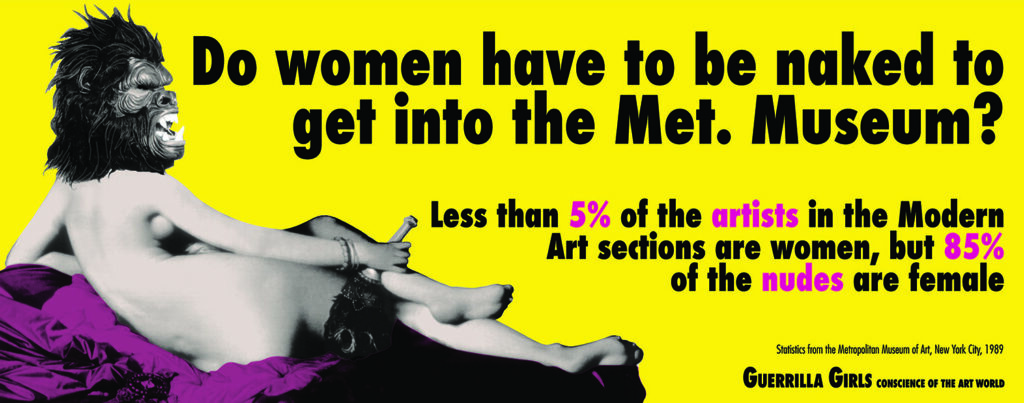
The Guerrilla Girls
The anonymous feminist group The Guerrilla Girls create activist art works that comments on inequality and other social issues in the art community. The group has done three gathered statistics from The Met personally in 1989, 2005 and 2012 (Guerrilla Girls, Ca. 2012-2021). The results have not changed much, and so I am tempted to question wether or not the work has brought real change? Although it might not have contributed to change at The Met, the poster has become well known and so again, one might say that the poster’s main service is to bring awareness to the social issue, by making the public reflect upon it.

Jeremy Deller: What Is The City, But The People?
This project by Jeremy Deller is both funny and user centred. As a comment on the tiering messages he heard when travelling by train in the UK, Deller created a book of quotations for people who work on London Underground’s Piccadilly Line, which could be read among all the more boring standard announcements (Jeremy Deller, 2009). This hypothetical service appeals to the human side of the public and I think it’s fun that he actually created a concept for a service, rather than making a poster or using another medium that one would normally see in a campaign.
IDEO: Service design thinking for social change

Designing a School System from the Ground Up
For their client, Innova Schools, IDEO helped design the school network’s curriculum, teaching strategies, buildings, operational plans, and financial model, in order to provide an affordable school service for the Peruvian middle class (IDEO, 2014). IDEO co-designed their solutions by involving teachers, students and the client (IDEO, 2014). By helping the school network grow, IDEO was able to contribute to the schooling of children in a development country, and thus they are providing a solution to a societal issue through design.
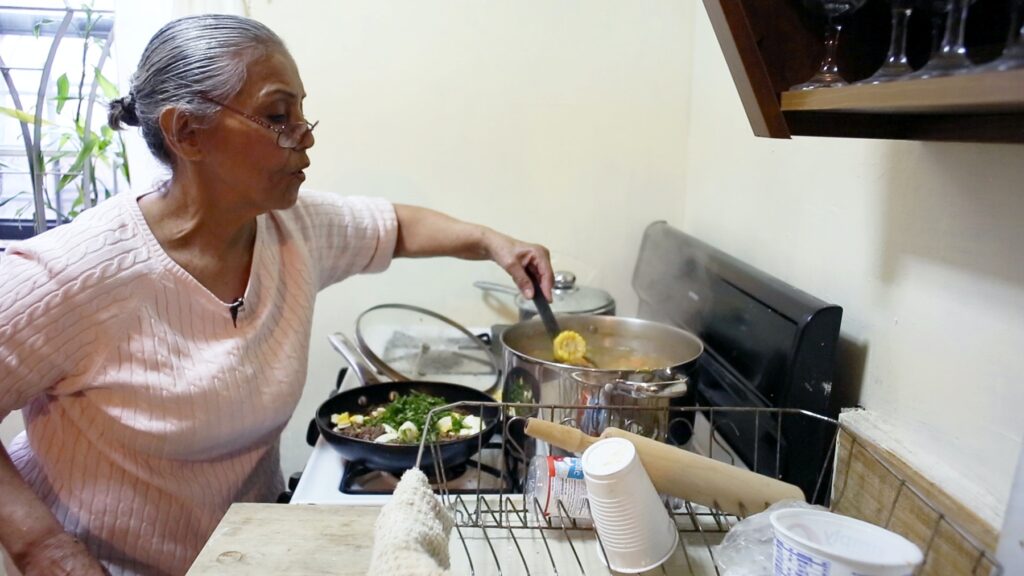
Designing Waste Out of the Food System
Through grants, IDEO has also been able to work with food waste through a variety of concepts (IDEO, 2017). In their project, Food Waste Challenge, the studio asked people to track their food waste and brainstorm solutions for how one can work to cut it (IDEO, 2017). After receiving hundreds of ideas, IDEO got a team of food industry experts to choose the 12 best ideas (IDEO, 2017). IDEO then created Food Waste Alliance, who helped the entrepreneurs of the ideas further with prototyping, funding, new concepts etc. (IDEO, 2017).
IDEO also worked with food waste on other projects. In collaboration with City Harvest, they observed and interviewed New York families to gain a deeper understanding on how they engaged with food that they received from food banks, in order to minimise food waste from the distributed packs (IDEO, 2017).

Preparing New Yorkers for Future Flooding
In order to prepare New Yorkers for future floods, IDEO worked with The Center for NYC Neighborhoods‚ to create a service that would educate the people of the city and to make them take action to prepare (IDEO, 2016). IDEO’s tools consisted of co-designing prototypes with flood affected people and a pop-up station were they used VR to show potential flood risk to people who walked by (IDEO, 2016).
Can branding be social design?

When discussing social design and graphic design for the good, I initially think about non-profit design. Yet, I wonder if we as designers, can design for the good in our daily business. After Bielke&Yang redesigned the visual identity of Helseutvalget, a record amount of Norwegians got tested for sexually transmittable diseases (Pressenytt ved Henning Poulsen, 2019). The new identity is friendly and inviting, as it attempts to make something difficult slightly less scary (Pressenytt ved Henning Poulsen, 2019).
After redesigning their visual identity, more people are getting in touch with Helseutvalget, and over 1000 HIV tests were ordered the first days after launching their new website (Pressenytt ved Henning Poulsen, 2019). Bielke&Yang’s design therefore goes to show that branding can also work as social design. Their work also shows the importance of Arren Robert’s three principles of service design (as mentioned in the lecture): usable, effective and desirable (Stuart Tolley, 2021). The service could be there, but you also need visuals and the right kind of communication to reach an audience.
Task 1: User-centred design processes and tools
In order to find user-cetred processes and tools, I used servicedesigntools.org, by segmenting on Research and Users. This way I was able to discover tools which could be used at stage 1, where the designer attempts to discover a problem to solve. I wanted to focus on tools rather than full processes for the challenge, as I mainly focused on the design process in my resource investigation this week. The three tools I choose were the ones I found could be used in a variety of projects:
- Interview Guide
- Emotional Journey
- Diary Study
The Diary Study could provide insight to user’s daily life and I imagine one might be able to use their daily experiences to detect problems or needs. The Emotional Journey seems like a great way of tracking how users feel about your service, and the classic Interview (Guide) could help you source specific information. I also imagine that an interview would provide greater control of the type of information one manages to collect.
I chose to focus on Emotional Journey as it seemed like a convenient tool that could be used in research, but also in testing a prototype. The tool also seemed like an easy and effective way of gathering information which wouldn’t demand too much from research subjects. Below is my 100 word description.
Emotional Journey
Emotional Journey, also called Journey Mapping, is used to track the emotions of users as they go through the stages of a service experience (Service Design Tools, 2019). By tracking the stages connected to positive and negative emotions, a designer can pin point what works and what doesn’t work about a service, and thus discover challenges and insights (Service Design Tools, 2019). The emotional journey can be tracked by using a curve or emojis/pictograms at each stage of the service (Service Design Tools, 2019). As one analyses the user’s opinions and emotions step by step, a detailed and specific analysis can be made (Service Design Tools, 2019).
Task 2: A service design project
For task 2 I chose to focus on IDEO’s Food Waste Challenge because of the amount of information about the tools IDEO had used in their process. Also, sustainability is a topic close to my heart, so minimising food waste was a topic that sparked my interest. I started by identifying the user centred methods and the effectiveness of the project. I wrote this information in bullet points and then rewrote them into my final text, which can be read below.
IDEO: Food Waste Challenge
For their campaign, The Food Waste Challenge, IDEO worked with innovation to minimise food waste. For the challenge, IDEO asked the public to track their food waste and to brainstorm solutions for how they might go about reducing the amount (IDEO, 2017). 20 000 people participated in the challenge and IDEO received 450 ideas (IDEO, 2017). The Food Waste Challenge did not only create awareness about food waste, it also helped IDEO collect data through the tools Diary entry (the public were tracking their wood waste) and Brainstorming (the challenge asked the public to brainstorm solutions). This data was then used by IDEO for the next step of the project: The Food Waste Alliance (IDEO, 2017).
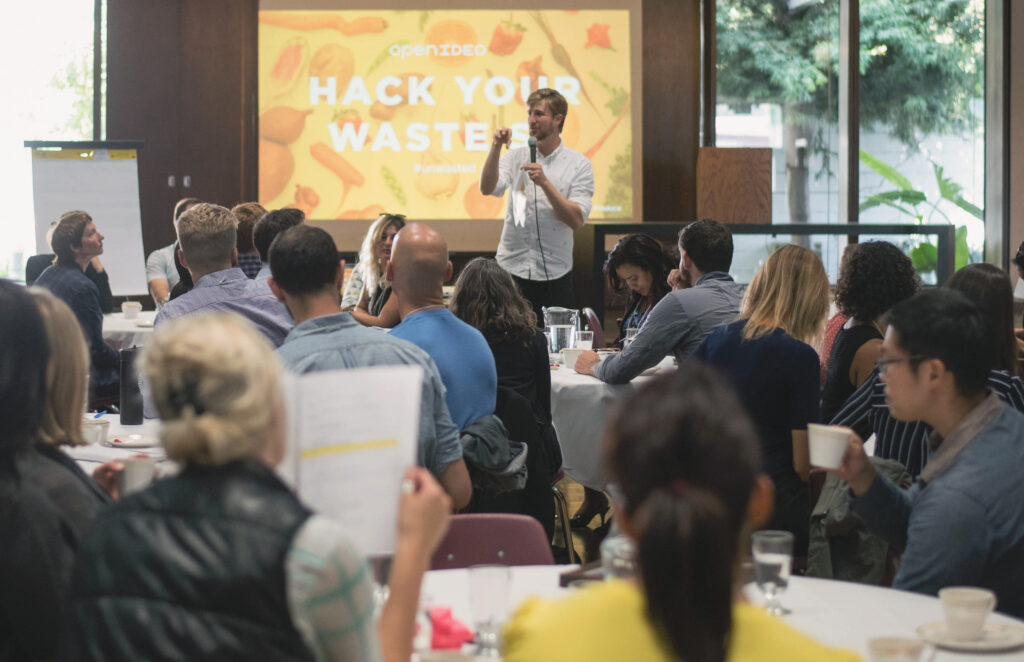
Fig. 13: Unknown maker. ca. 2015-2017. No title [coloured photograph]
After receiving the brainstormed solutions, IDEO put together a team of food industry experts who picked out the 12 most innovative ideas (IDEO, 2017). The Food Waste Alliance, a team mentors, was then created in order to push the ideas forward (IDEO, 2017). The idea entrepreneurs received help from the alliance with prototyping, funding and new concepts from a set of industry professionals (IDEO, 2017).
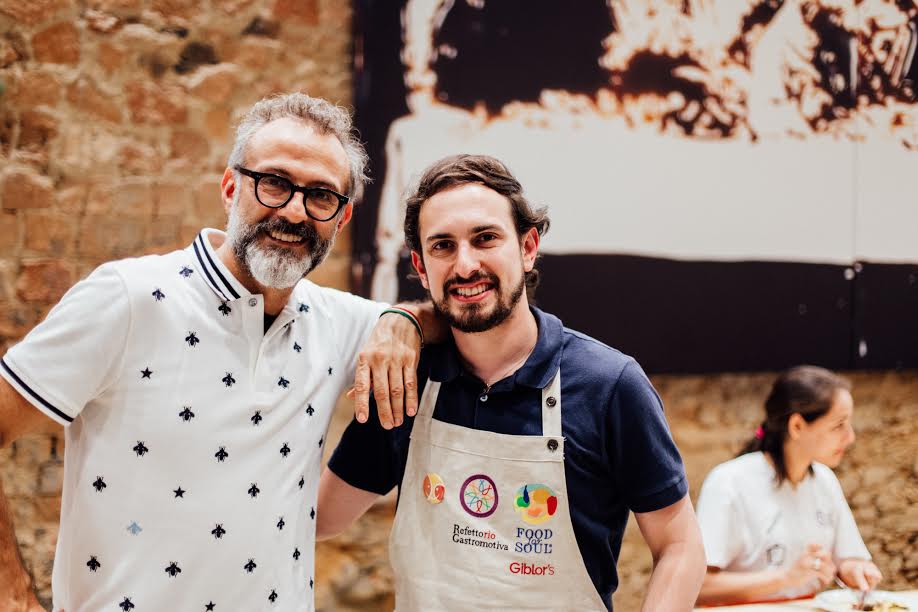
Fig. 14: Unknown maker. ca. 2015-2017. No title [coloured photograph]
IDEO understood that an important part of change is innovation. Rather than designing one service which could minimise waste, they created a sustainable service that would live on to support a range of entrepreneurs in the time to come. By offering help with steps of the design process (prototyping, new concepts etc.), IDEO also made sure that the services that sprung out of the alliance would grow to become sustainable services on their own.
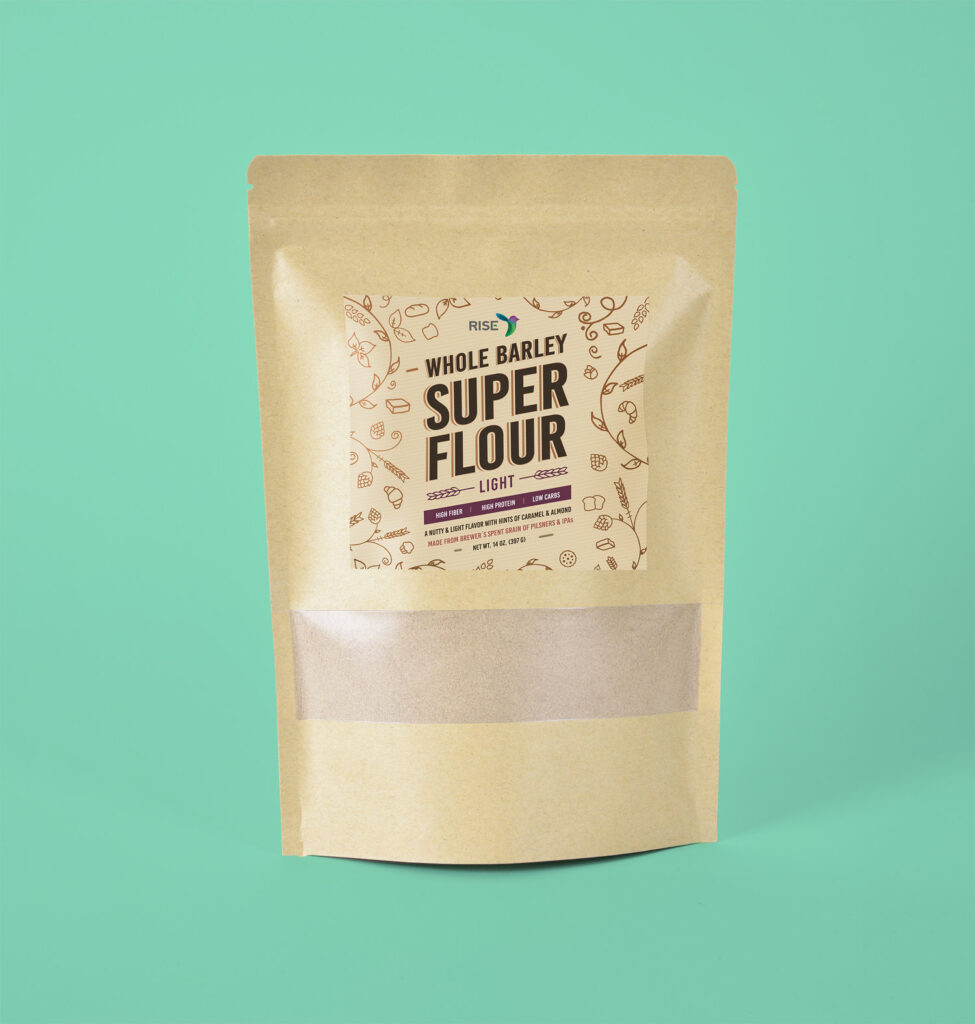
Fig. 15: RISE Ca. 2018-2021. Spent Grain Super Flour. [Paper packaging]
On their website, IDEO tells the story of RISE, a start up that sprung out from the Food Waste Alliance. In 2017, when IDEO’s case study blog post was written, RISE had reduced spent grain waste by over 3000 lbs, by transforming leftover hops from breweries into flour (IDEO, 2017). If IDEO’s alliance initiative can go on to guide and develop similar start ups, their solution can be seen as highly affective as it would set a variety of services to life, which can live on as independent organisations whilst IDEO continues their work as a consultant agency.
In conclusion
This week has provided me with information about a design field that is quite new to me. I have enjoyed getting to learn about the service design processes and tools and I look forward to understanding them better as we go on to put them to use over the next weeks. Reading about customer journey maps for example, is different to using the tool with real users, so I think there is a lot left to learn in terms of tools and methods.
My research from this week feels quite separated with activist art on one side and pragmatic service design on the other. I therefore think I could have made a better effort to find case studies that combine service design with visuals that speaks of a social problem. As we move on to create our own service design I hope to explore this further, and perhaps to create a service myself that does this. I’d also be interested in investigating the importance of visual aesthetics in services and perhaps how one can incorporate tactile approaches to digital design (as briefly touched upon in week 4).
Up until now we’ve had visual assignments for almost every week of the course. It’s therefore been great to sit back and focus on investigation without having to think about a visual solution. As we move on to develop our own service designs I hope take with me this notion of delving into a topic without jumping to conclusion, by first and foremost trying to understand the problems and opportunities about a subject. I often tend to come up with solutions quite early in my own design processes, and so this week has been an important reminder to try and avoid this in the weeks to come.
REFERENCES:
Carol A. Wells (2015) Can Art Stop a War and Save the Planet? (TEDx). Available at: https://www.youtube.com/watch?v=bQKNkmuZ7V8&ab_channel=TEDxTalks (Accessed: 20 March 2021).
Fjord (2018) ‘Reimagining the employee experience’, Fjord: Design and Innovation from Accenture Interactive. Available at: https://www.fjordnet.com/workdetail/unilever-reimagining-the-employee-experience/ (Accessed: 21 March 2021).
Guerrilla Girls (2012) ‘DO WOMEN STILL HAVE TO BE NAKED TO GET INTO THE MET. MUSEUM?’, Guerrilla Girls. Available at: https://www.guerrillagirls.com/naked-through-the-ages (Accessed: 22 March 2021).
IDEO (2014) ‘Designing a School System from the Ground Up’, IDEO. Available at: https://www.ideo.com/case-study/designing-a-school-system-from-the-ground-up (Accessed: 22 March 2021).
IDEO (2016) ‘Preparing New Yorkers for Future Flooding’, IDO. Available at: https://www.ideo.com/case-study/preparing-new-yorkers-for-future-flooding (Accessed: 22 March 2021).
IDEO (2017a) ‘Designing Waste Out of the Food System’, IDEO. Available at: https://www.ideo.com/case-study/designing-waste-out-of-the-food-system (Accessed: 22 March 2021).
IDEO (2017b) ‘Driving Growth at Europe’s Largest Online Fashion Retailer’, IDEO. Available at: https://www.ideo.com/case-study/driving-growth-at-europes-largest-online-retailer (Accessed: 21 March 2021).
Jeremy Deller (2009) ‘What Is The City, But The People?’, Jeremy Deller. Available at: https://www.jeremydeller.org/WhatIsTheCity/WhatIsTheCity.php (Accessed: 22 March 2021).
Marc Stickdorn and Jakob Schneider (2011) This is Service Design Thinking: Basics, Tools, Cases. New Jersey: Wiley.
Netlife (2020) ‘Posten’, Netlife. Available at: https://www.netlife.com/referanser/postens-pakkeautomat (Accessed: 21 March 2021).
OpenIDEO (2017) ‘Fighting Food Waste Together’, OpenIDEO. Available at: https://www.openideo.com/content/fighting-food-waste-together (Accessed: 25 March 2021).
Pressenytt ved Henning Poulsen (2019) ‘Nytt design ga skred av henvendelser om seksuell helse’, DOGA. Available at: https://doga.no/aktiviteter/dogas-priser/doga-merket-design-arkitektur/nyhetssaker-2018/nytt-design-ga-skred-av-henvendelser-om-seksuell-helse/ (Accessed: 22 March 2021).
Service Design Tools (2019) ‘Emotional Journey’, Service Design Tools. Available at: https://servicedesigntools.org/tools/emotional-journey (Accessed: 22 March 2021).
Stuart Tolley (2021) ‘Service Design and Saving the World’. Canvas Falmouth Flexible [online], 19 March.
LIST OF FIGURES:
Figure 1. Unknown maker. ca. 2007-2021. The Double Diamond. [digitally illustrated process model]. O’Reilly [online]. Available at: https://www.oreilly.com/library/view/this-is-service/9781491927175/ch04.html [accessed 25 March 2021].
Figure 2. Lorraine SCHNEIDER. 1968. War Is Not Healthy for Children and Other Living Things. V&A [online]. Available at: https://collections.vam.ac.uk/item/O102219/war-is-not-healthy-for-poster-schneider-lorraine/
Figure 3. Unknown maker. ca. 2015-2017. No title. [coloured photograph]. IDEO [online]. Available at: https://www.ideo.com/case-study/driving-growth-at-europes-largest-online-retailer [accessed 25 March 2021].
Figure 4. Unknown maker. ca. 2019-2020. No title. [coloured photograph]. Netlife [online]. Available at: https://www.netlife.com/referanser/postens-pakkeautomat [accessed 25 March 2021].
Figure 5. FJORD. Ca. 2016-2018. No title. Fjord [online]. Available at: https://www.fjordnet.com/workdetail/unilever-reimagining-the-employee-experience/
Figure 6. Unknown maker. ca. 2010-2020. No title. [digitally illustrated process]. Sprint [online]. Available at:https://www.thesprintbook.com/how [accessed 25 March 2021].
Figure 7. THE GUERRILLA GIRLS. 1989. Do women have to be naked to get into the Met. museum?. The Guerrilla Girls [online]. Available at: https://www.guerrillagirls.com/naked-through-the-ages
Figure 8. Jeremy DELLER. 2009. What Is The City, But The People?. Jeremy Deller [online]. Available at: https://www.jeremydeller.org/WhatIsTheCity/WhatIsTheCity.php
Figure 9. Unknown maker. ca. 2012-2014. No title. [coloured photograph]. IDEO [online]. Available at: https://www.ideo.com/case-study/designing-a-school-system-from-the-ground-up [accessed 25 March 2021].
Figure 10. IDEO. Ca. 2015-2017. A mother of three who uses food to express her love. IDEO [online]. Available at: https://www.ideo.com/case-study/designing-waste-out-of-the-food-system
Figure 11. IDEO. 2016. FloodHelp NYl. IDEO [online]. Available at: https://www.ideo.com/case-study/preparing-new-yorkers-for-future-flooding
Figure 12.Kimm SAATVEDT. 2019. Helseutvalget for Bjelke & Yang. Hesta Agentur [online]. Available at: https://hestagentur.no/kimm-saatvedt/helseutvalget-for-bielke-yang/
Figure 13. Unknown maker. ca. 2015-2017. No title. [coloured photograph]. IDEAO [online]. Available at: https://www.openideo.com/content/fighting-food-waste-together [accessed 25 March 2021].
Figure 14. Unknown maker. ca. 2015-2017. No title. [coloured photograph]. IDEAO [online]. Available at: https://www.openideo.com/content/fighting-food-waste-together [accessed 25 March 2021].
Figure 15. RISE. Ca. 2018-2021. Spent Grain Super Flour. RISE [online]. Available at: https://www.riseproducts.co/shop/barley-flour
